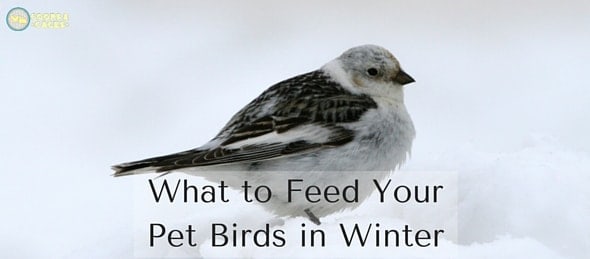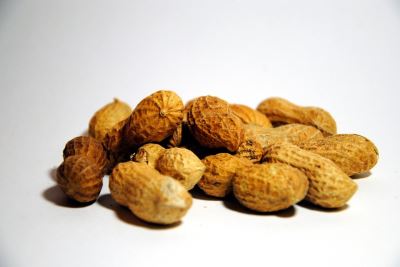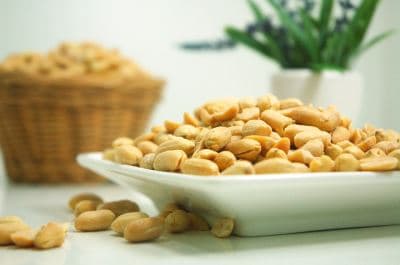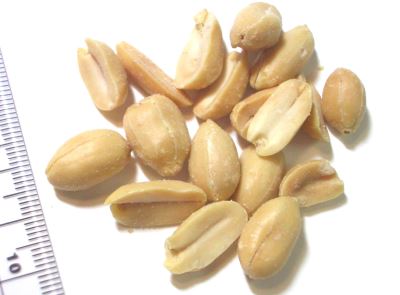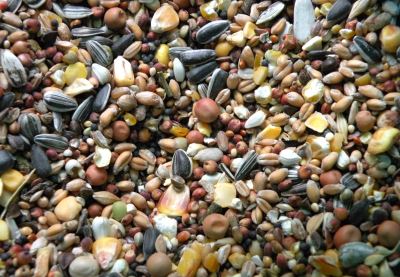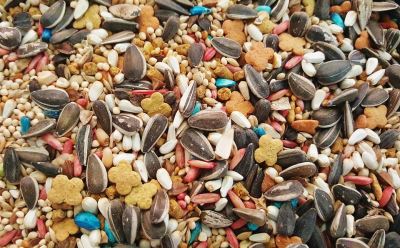Birds
What to Feed Your Pet Birds in Winter
The cold season is just around the corner. Regardless if you learned through trial and error or just did some research work, if you are a pro bird feeder, you might have already gained sufficient information as to what sorts of food your feathered friends prefer.
Well, if you just got started in bird feeding, worry not. I have just the perfect tips for you. In fact, you can download them below. However, if you are in a hurry and you are feeling a little frustrated because of the upcoming winter months, I can give you several insights on what to give your pet birds.
Below are just some of the most popular foods opted by many bird feeders during the cold season.
Peanuts
When it comes to bird food, feeding peanuts has become a trend in North America and Europe. For that, many peanut processors and manufacturers have considered the bird feeding market as a profitable place to sell those peanut tidbits that aren’t fit for human consumption.
So why feed peanuts? If you ask feed retailers, they would say bird species like jays, chickadees, finches, cardinals, and woodpeckers love this food. These creatures would definitely want to feed on this food because of its high-energy and protein content.
Black-Oil Sunflower Seed
Did you know that black-oil sunflower seed is tagged as the hamburger of the aviary realm? Why? This is because almost every bird species that sees it will eat it. Even if some other birds can’t crack open the seeds themselves, they will find ways, like scour the ground under the bird feeders.
What’s in a black-oil sunflower seed that birds prefer it? Since the outer shell of the seed is thin, it can be easily cracked. Aside from that, the kernel inside it is bigger than the kernel found inside a typical white or gray sunflower seed. Hence, birds enjoy more food from the black-oil variety.
Suet
Humans don’t really like so much fat on their diet. But for birds, it is the other way around. For them, fat is a great source of energy.
So where can birds get all these fat? Many of our avian friends like to feed on suet, which can be readily purchased at the local grocery store. When preparing this, it can be placed inside an old mesh onion bag or melt it down to liquid and then left to harden.
Thistle
Though it is quite expensive, thistle is the most opted seed by smaller finch varieties like the redpolls, pine siskins, the Cassin’s finches, and goldfinches. In order to feed this to birds, a thistle feeder must be used.
Nowadays, there are two types of thistle feeder used. The first one is the thistle sock, which comes in a sock-shaped bag filled with thistle seeds. The other type of feeder is the tube feeder that features several small thistle seed-sized holes.
However, there are two possible issues with thistle. When exposed to wet areas, it can become moldy. And if uneaten, it can potentially grow in your yard.
Fruits
It is important for birds to eat fruits. Sad to say, during winter, fruits become hard to find in many areas.
For your avian buddies, might as well set out several slices of citrus fruits, banana, apple, melon, and grapes. You can also feed raisins by soaking them in warm water so that it softens a bit.
Homemade Bird Treats
If all else fails, you can come up with your own bird treat recipe for winter. Spread peanut butter all over a tree trunk and top it with peanut tidbits. You can also melt suet and pour it into a container to harden. Before it completely solidifies, add some apple bits and peanuts. Now, you have an easy-to-make treat!
Good Mixed Seed
If you ever wondered if there is such a thing as a bad mixed seed, the answer is ‘yes’. A bad mixed seed comes with lots of filler that many birds don’t eat. These include wheat and some other forms of red milo. A good mixed seed usually contains cracked corn, peanut bits, white proso millet, and a fair amount of sunflower seed.
As a smart pet bird owner, you must only buy this from a specialty bird store. Also, do not ever be tempted in buying the cheap bags of seed sold at grocery stores because they only contain less significant seeds.
Well, if your favorite bird feed is not on this list, just let me know. I can do something about that. After all, these are just based on my personal experiences and the story of others. But no matter what bird feed you get, my only advice today is to prep for the upcoming months. Keep your pet birds healthy and happy by providing them their basic necessities.
Image Sources: [1] [2] [3] [4]



